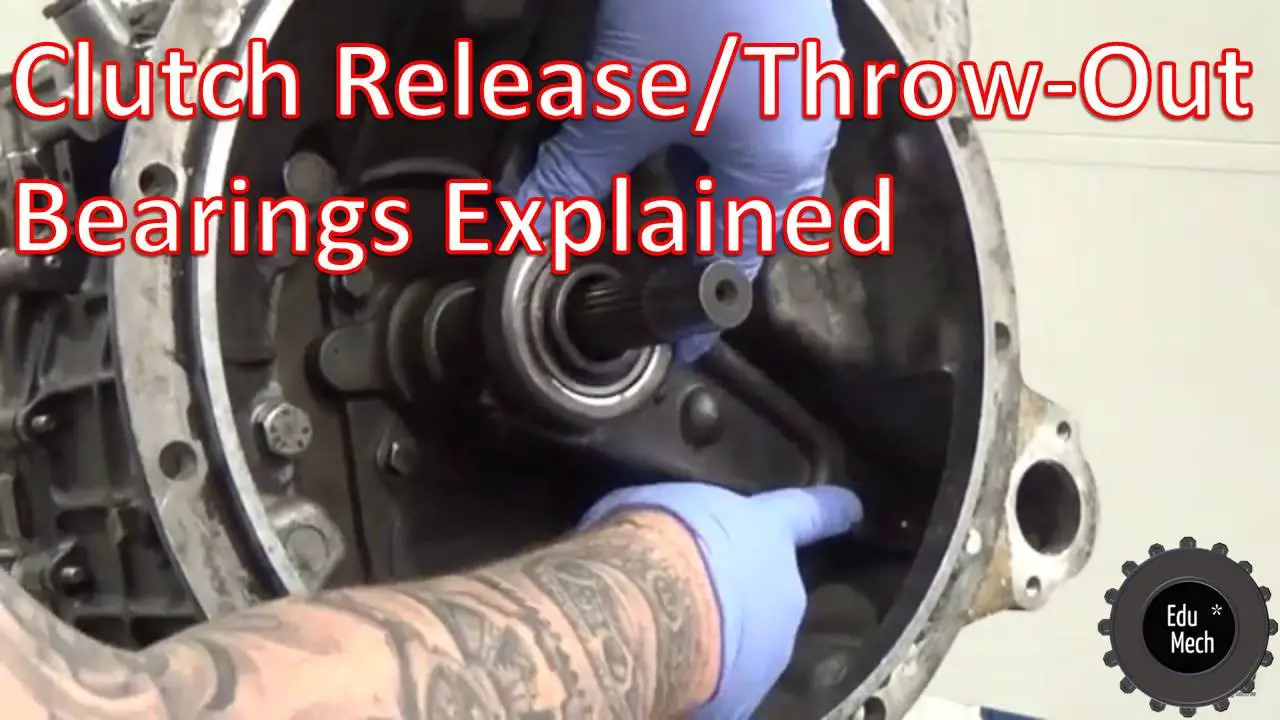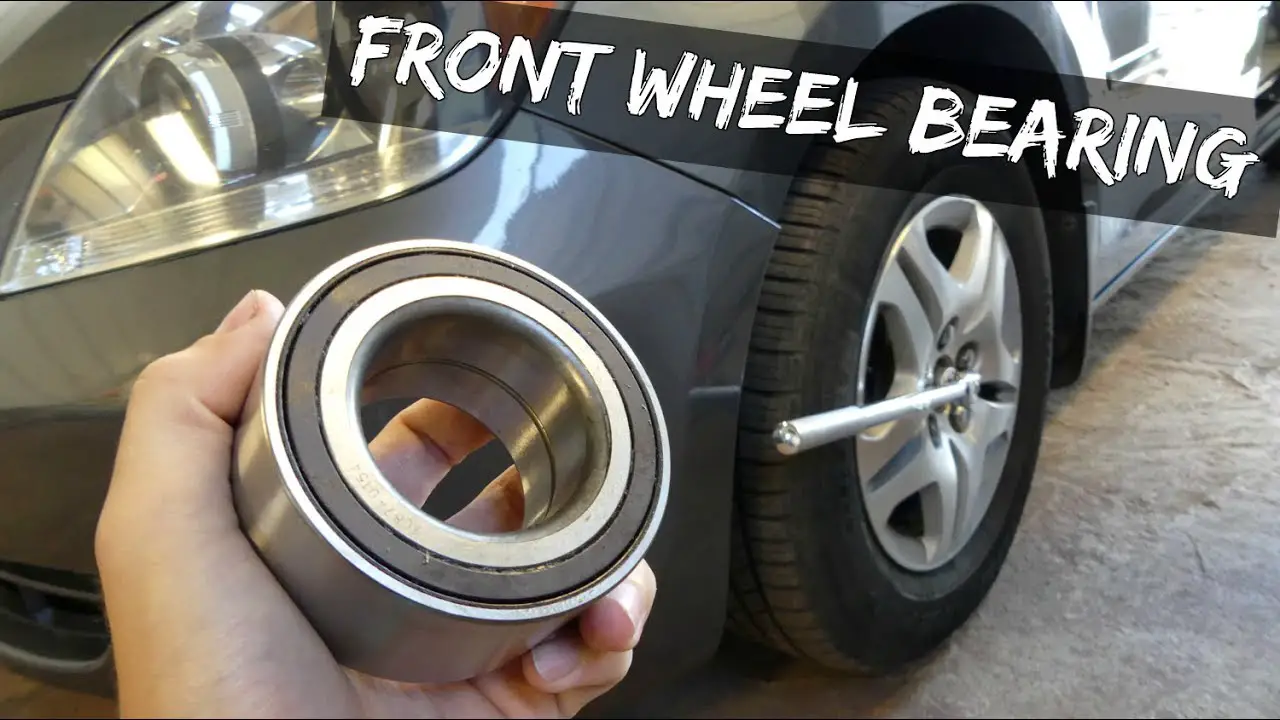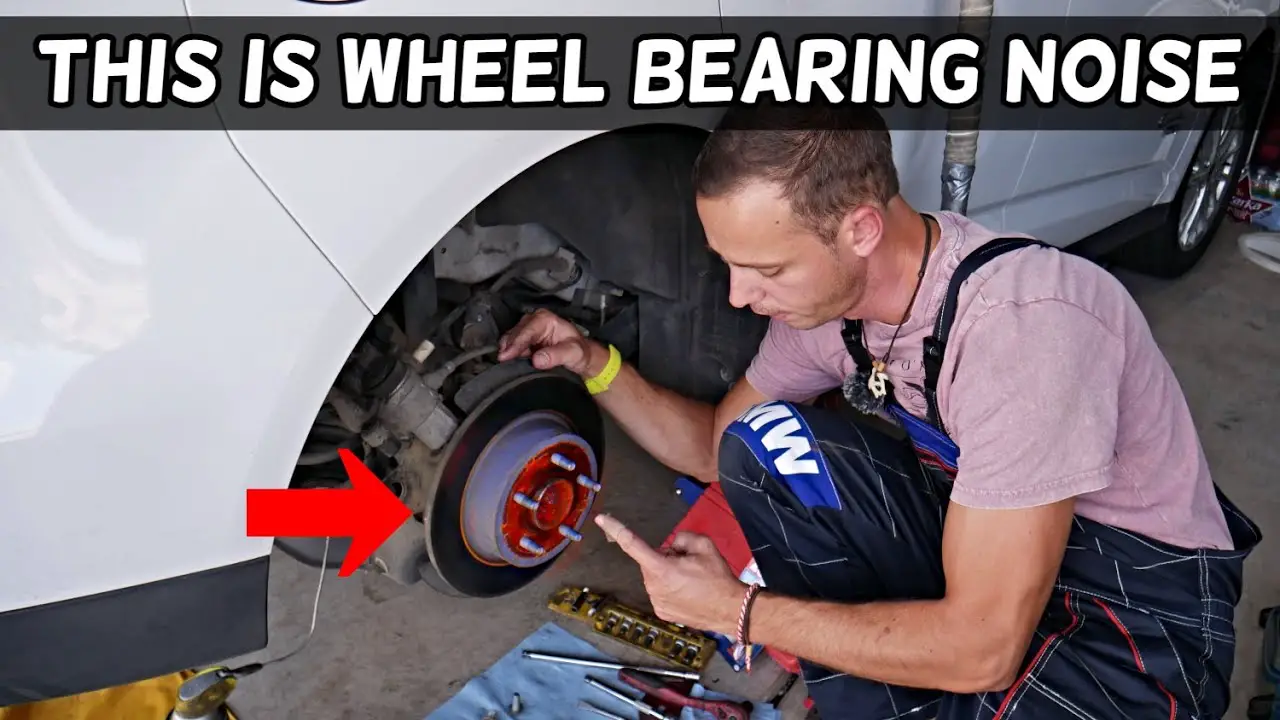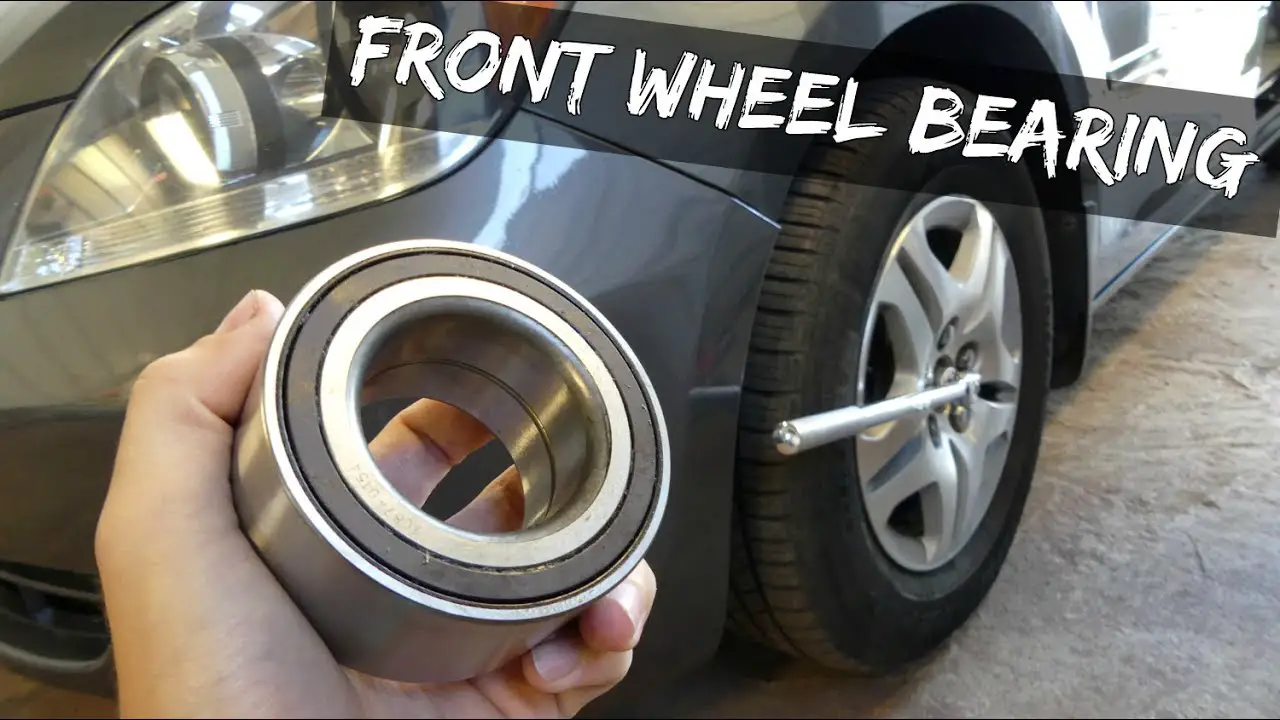A throw out bearing is a component in a manual transmission that engages and disengages the clutch. It is essential for smooth gear shifting and clutch operation.
When the clutch pedal is pressed, the throw out bearing moves towards the pressure plate, releasing the clutch. Without a properly functioning throw out bearing, the clutch would not be able to operate smoothly, leading to difficulties in shifting gears.
To ensure the efficient performance of the clutch system in a vehicle, it is very important to know and understand the throw out bearing symptoms.

Credit: www.youtube.com
Contents
Throw Out Bearing Symptoms
Throw out bearing failure can be identified by hearing a high-pitched squealing noise when the clutch pedal is pressed. The sound may disappear when the pedal is released, indicating potential issues with the throw out bearing. Regular inspection and timely replacement are crucial to prevent further damage.
Unusual Noises
When a throw out bearing begins to fail, it often produces unusual noises that can serve as a warning sign. These noises can range from a rattling or grinding sound when the clutch pedal is depressed to a high-pitched squealing when the pedal is released. Additionally, a growling or chirping noise may be noticeable during clutch engagement. If you notice any of these unusual noises, it’s essential to address the issue promptly to prevent further damage to the clutch system.
Clutch Pedal Issues
Clutch pedal issues are another indicator of potential throw out bearing failure. If you experience difficulty in fully disengaging or engaging the clutch, or if the pedal feels spongy or loose, it could be a sign of a failing throw out bearing. Additionally, a pulsating sensation in the clutch pedal or an inability to shift gears smoothly may indicate throw out bearing problems. It’s crucial to address these clutch pedal issues promptly to avoid more extensive and costly repairs in the future.
Consequences Of Ignoring Symptoms
When it comes to the throw out bearing in your vehicle’s clutch system, ignoring symptoms can lead to significant consequences. From damaging the clutch system to incurring increased repair costs, neglecting the warning signs can result in a cascade of issues that could have been prevented with timely action. Let’s take a closer look at the potential consequences of ignoring symptoms related to the throw out bearing.
Damage To The Clutch System
Ignoring symptoms of a faulty throw out bearing can have a detrimental impact on the entire clutch system. The throw out bearing is responsible for engaging and disengaging the clutch, allowing for smooth gear changes.
If the bearing is worn out or damaged, it can lead to increased friction and excessive heat, which can in turn cause wear and tear on the clutch plate, pressure plate, and flywheel. This can result in decreased performance, difficulty shifting gears, and ultimately, a complete clutch failure.
Increased Repair Costs
By disregarding the warning signs of a failing throw out bearing, you not only risk damaging the clutch system but also face the prospect of higher repair costs. Addressing the issue early on can help prevent further damage to the clutch components, reducing the need for extensive repairs or even a complete clutch replacement.
However, if the problem is left unattended, the damage can spread to other parts of the clutch system, necessitating more expensive repairs and potentially impacting other related components such as the transmission.
Additionally, the longer you wait to address the issue, the greater the chances of collateral damage occurring. This can include damage to the transmission, drivetrain, or even the engine, further exacerbating the repair costs and potentially leaving you without a drivable vehicle for an extended period.
Preventative Measures And Solutions
By implementing regular maintenance tips and knowing when to seek professional help, you can extend the lifespan of your throw out bearing and avoid costly repairs. Let’s explore some preventative measures and solutions to keep your throw out bearing in top shape.
Regular Maintenance Tips
Maintaining your throw out bearing doesn’t have to be a daunting task. By following these regular maintenance tips, you can minimize the risk of premature wear and tear:
- Regularly inspect the throw out bearing for signs of damage or excessive wear.
- Ensure proper lubrication by using a high-quality, compatible grease.
- Check for any leaks in the clutch hydraulic system and repair them promptly.
- Adjust the clutch pedal free play according to the manufacturer’s recommendations.
When To Seek Professional Help
While regular maintenance can go a long way in preventing throw out bearing issues, there may be instances where professional help is necessary. Here are some signs that indicate it’s time to seek assistance from a qualified mechanic:
- Unusual noises, such as grinding or squealing, when engaging or disengaging the clutch.
- Difficulty shifting gears or a slipping clutch.
- Increased pedal effort required to operate the clutch.
- Visible damage or excessive wear on the throw out bearing.
If you experience any of these symptoms, it’s essential to have your vehicle inspected by a professional who can diagnose the issue accurately and provide the appropriate solutions.

Credit: www.motortrend.com
Frequently Asked Questions
Here are some FAQs about throwout bearing –
What Does A Throwout Bearing Do?
A throwout bearing is a part of a manual transmission system that disengages the clutch when the driver shifts gears. It is a small bearing that sits between the clutch fork and the pressure plate, allowing the release of the clutch pedal to transfer power from the engine to the transmission.
What Happens When A Throwout Bearing Fails?
A throwout bearing failure can cause various symptoms such as noisy clutch operation, difficulty in shifting gears, vibration in the clutch pedal, and clutch slippage. Eventually, the bearing may fail completely, leading to complete clutch failure and a stranded vehicle.
It’s best to address these symptoms promptly to avoid further damage.
How Much Is It To Replace A Throw Out Bearing?
The cost to replace a throw out bearing ranges from $150 to $350. Prices may vary based on vehicle type and location.
What Does A Worn Throw Out Bearing Sound Like?
A worn throw out bearing can produce a squealing or grinding noise when the clutch pedal is pressed. It may also cause a rattling or chirping sound. These noises indicate potential issues with the throw out bearing that should be addressed promptly.
Conclusion
A properly functioning throw out bearing is very essential for smooth clutch operation. Regular maintenance can prevent costly repairs down the line. Understanding throw out bearing symptoms can save you time and money in the long run.
Keep your car running smoothly!





